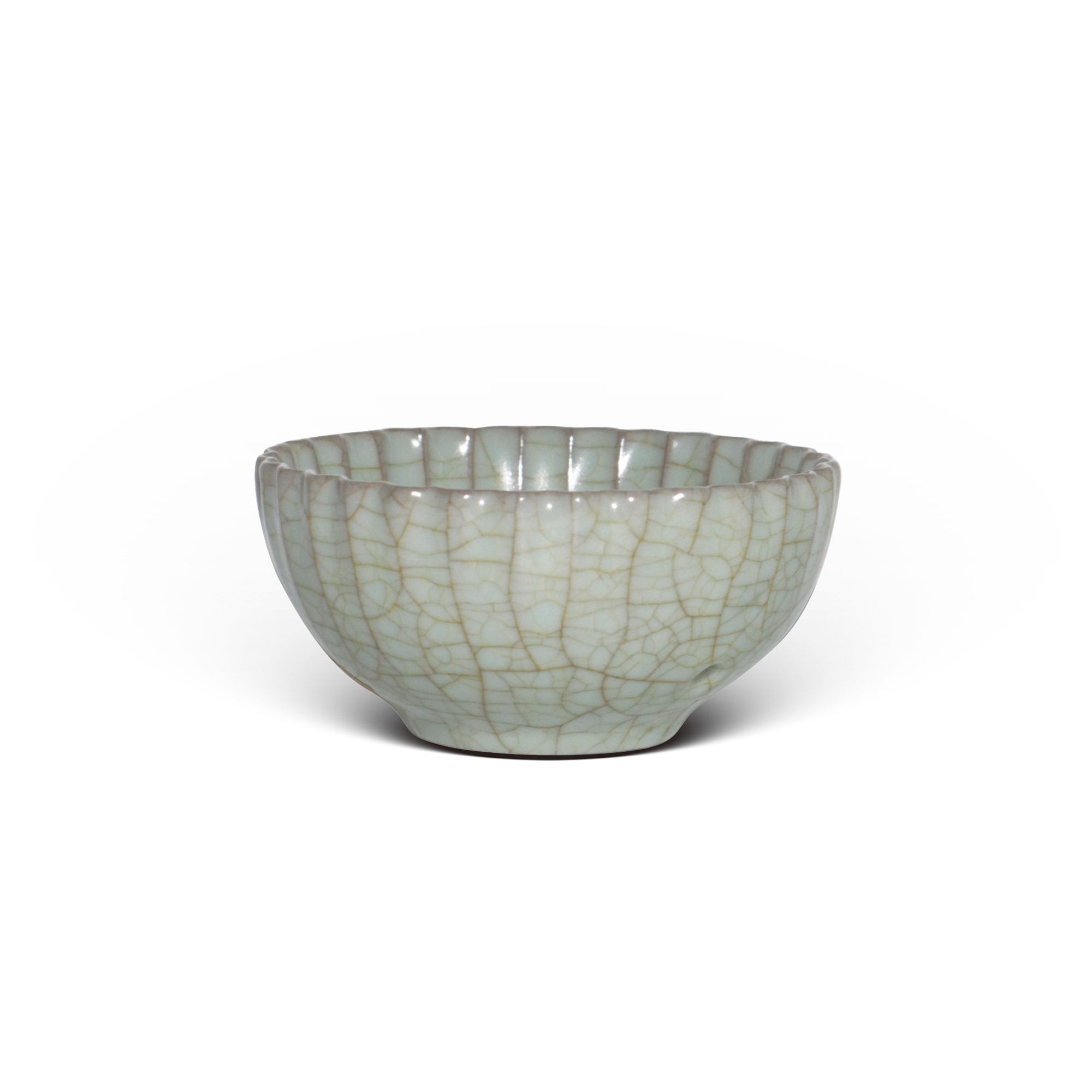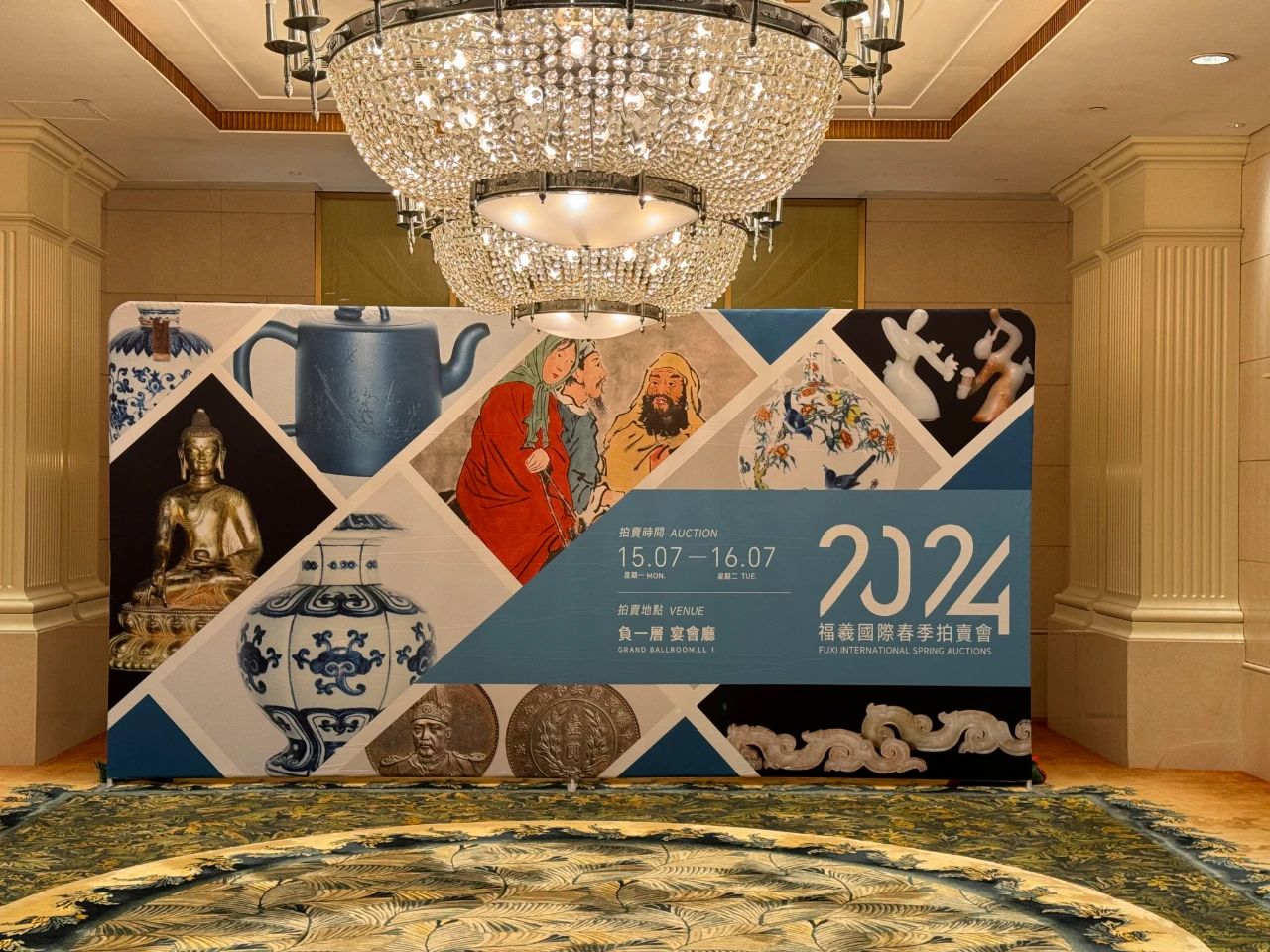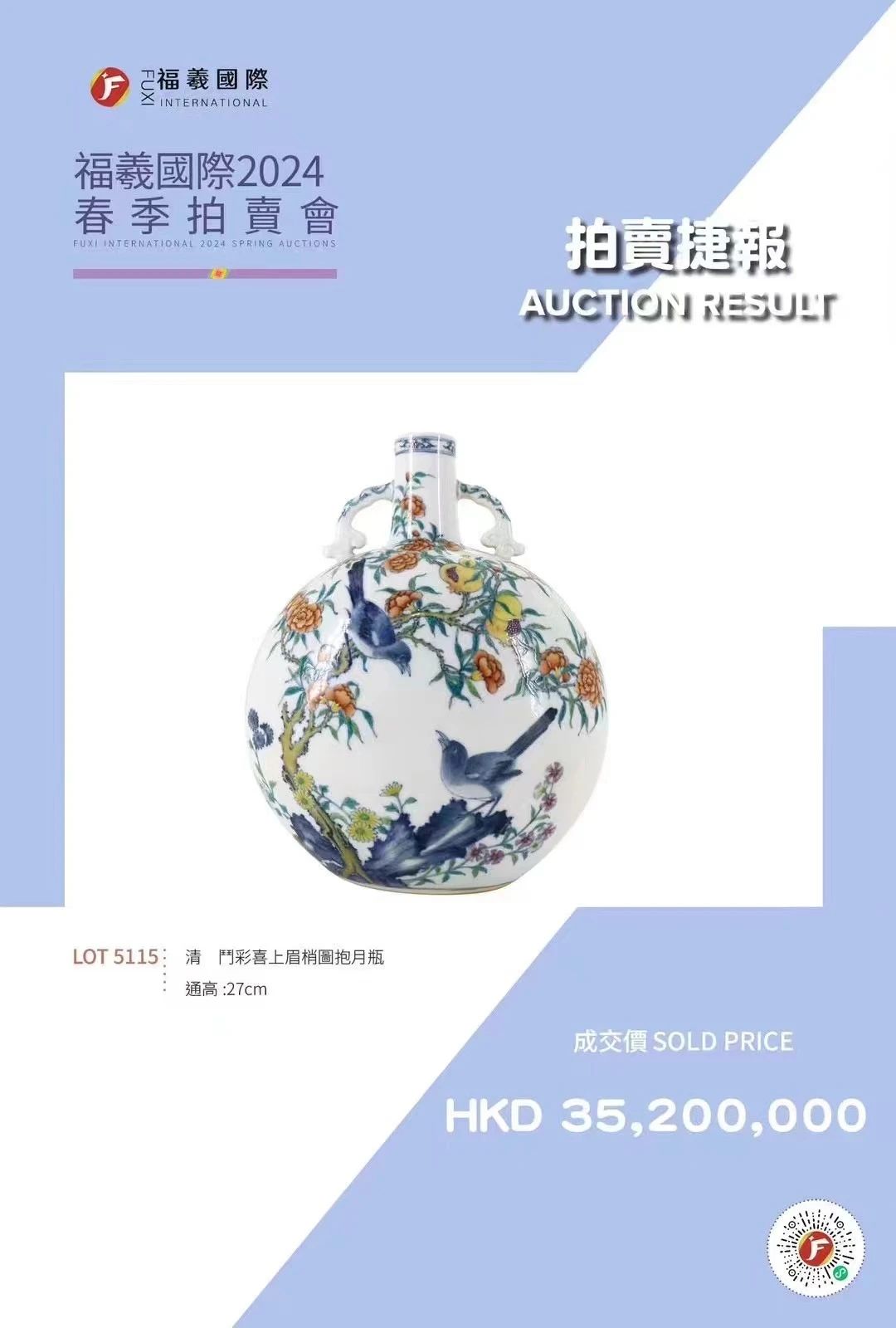此拍品宋代官窯菊瓣紋碗,是宋代官窯瓷器的經典之作,見證著宋代制瓷工藝的巔峰水準。碗體呈現菊瓣紋,口沿花瓣輪廓起伏,線條婉轉流暢,如自然綻放的菊花。這種仿生造型,需工匠精准把控拉坯、修坯等環節,讓每片“花瓣”形態均勻、比例協調,盡顯宋瓷造型藝術的精巧構思 。底足以三支釘墊燒。胎骨質地緻密堅厚,雖經歲月,仍可感知其沉穩質感,承載著燒制時的工藝溫度 。釉面溫潤如玉,釉層肥厚瑩潤,如晨露凝於花瓣,開片細密,為器物增添古樸典雅的歲月痕跡 。碗身以31塊菊瓣為紋,菊花在宋代文化中象徵高潔、隱逸,契合文人雅士的精神追求。宋代理學興盛,文人審美崇尚自然、含蓄,菊瓣紋碗將自然物象提煉為藝術符號,承載著宋代文人對品格、意境的嚮往,是宋代文化在器物上的生動映射,觀之可感受宋人的精神世界與審美意趣 。宋代官窯專為宮廷燒制瓷器,代表當時制瓷最高水準。
此碗作為官窯製品,見證宋代宮廷用瓷的標準與審美,是研究宋代官窯制度、陶瓷工藝的重要實物。歷經千年流傳,它從宋代窯火中走出,帶著時代的工藝密碼與文化基因,為後世呈現宋代陶瓷藝術的巔峰風貌,在收藏與研究領域,是解讀宋代文化、陶瓷史的關鍵鑰匙,其造型在市場以及各大博物館均為出現過,其中的稀缺性與歷史文化價值,使其成為不可多得的藝術瑰寶。
31-lobed cracked-glaze chrysanthemum bowl – A rare treasure of the Southern Song Dynasty mandarin
Among the myriad of artifacts remaining from the Southern Song Dynasty mandarin kiln, the 31-lobed cracked-glaze chrysanthemum bowl P&D 0045 stands out as a unique masterpiece, both exquisite in craftsmanship and rich in symbolic value. The bowl’s shape, divided into 31 small lobes – simulating a large blooming chrysanthemum – is an extremely rare form of shaping, never recorded in any documents or published collections of major museums. This is not only the result of superior ceramic craftsmanship, but also reflects the idea of “harmony with nature” in Song aesthetics: transforming the image of the chrysanthemum – the flower of the gentleman – into an item offered to the royal palace.
A particularly noteworthy point is that the bottom of the bowl is completely glazed, leaving only three small support points – a rare ancient trace left from the reverse firing technique of the Northern Song Dynasty Ru kiln. This suggests that the bowls were most likely crafted by skilled potters from Baofeng (Henan), the place that produced imperial wares during the Shaoxing period – and were later summoned to Hangzhou to build new kilns for the Southern Song Dynasty. Their continued use of the closed-bottom firing technique demonstrates their efforts to inherit and revive the ideal of “heaven, earth, and human unity” that Ru pottery once celebrated.
The thick, even layer of chalky glaze is as light and bright as lamb fat jade, dotted with a network of naturally spreading “golden and iron threads” cracks. The cracks are not for decoration but are the result of the uneven shrinkage between the core and the glaze – which was an unpredictable challenge when moving the kiln from the North to the South. Many modern scholars believe that it was these unintentional cracks that formed a new aesthetic language for Guan ware – a form of “accepting imperfections to achieve perfection”.
The overall artefact is not only rare, but also a crystallization of history, craftsmanship, and Song philosophy. The bowl is not simply an imperial utensil, but a profound symbol of the Song Dynasty's aspiration to maintain the imperial orthodoxy and aesthetics during a period of geopolitical turmoil. An item worthy of being considered the morning star of Guan Yao - as Emperor Qianlong himself once praised: "Zhao Song Guan Yao Shen Jing Khan" (官窯如晨星,可遇不可求).





















